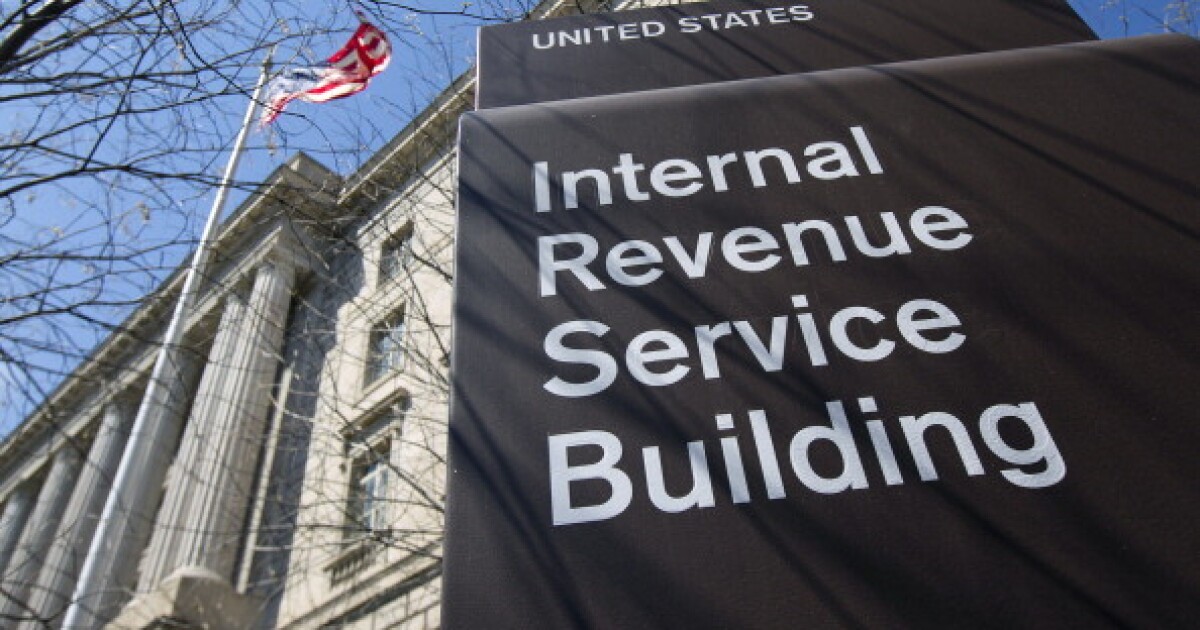Service over the phone and at Taxpayer Assistance Centers and safety at TACs are among the issues still in need of improvement by the Internal Revenue Service, according to the latest report to Congress from the Treasury Inspector General for Tax Administration.
TIGTA’s “Semiannual Report to Congress” examines IRS activities from Oct. 1, 2024, to March 31, 2025, in the wake of the Inflation Reduction Act pumping some $80 billion in supplemental funding to the agency (which was cut by Congress as of last March to $37.6 billion).
Among the findings:
1. Toll-free lines. Similar to the 2023 season, expectations were for the IRS to provide an average level of service of 85%, reduce the average caller wait to five minutes or less and provide nearly all callers with the ability to take advantage of a callback option. For the 2024 season, the IRS reported an average level of service of 87.6% and an average wait time of 3.4 minutes.
TIGTA said a “limited” sampling of IRS lines showed that previous recommended corrections had not been made: “While IRS records indicated all IRS telephone lines would hear tax scam and identity theft information while on hold, TIGTA observed that some telephone lines still did not have the required tax scam information.” The IRS also had to ask for more time to implement recorded messages in Spanish.
(Read more: “IRS paints a strong picture from 2024.”)
2. TAC “experience.” TIGTA made surprise visits to 85 TACs at the start of the 2024 season, identifying unclear hours of operation, security guards impeding taxpayers’ ability to speak with IRS employees, and inconsistencies with types of assistance being provided.
“We also found that TAC telephone lines provided only basic information regarding TAC addresses,” the inspector general’s report said. Forty of 95 facilitated self-assistance kiosks were not operable, and some had not been working for over a year.
3. Weekend fray. Most TACs are open Monday through Friday and operate by appointment only with walk-in exceptions by appointment. In 2024, the IRS offered face-to-face service without an appointment at some TACs for one Saturday a month.
TIGTA made 33 unannounced visits to TAC Saturday events and found that, “while the IRS took steps to prepare for these events, unanticipated demand created long wait times for taxpayers. Demand was partly driven by a lack of appointments during the week and in-person identity verification requirements,” the result of the IRS response to tax schemes on social media promising large refunds and where the IRS sent notifications to taxpayers requiring them to visit a TAC site for an in-person identity verification.
Many TAC locations were almost completely booked 60 days in advance for appointments, and taxpayers may have relied on Saturdays to get quicker service. The TAC in Atlanta had a line of taxpayers nearly half a mile long that had started forming at 4 a.m. A fight broke out at a TAC in Houston.
“After we alerted the IRS of our safety concerns, they increased security in other locations,” the report reads. “The IRS also canceled 14 Saturday help events (mostly) due to lack of staffing, and sometimes with short notice.”
4. Business as not usual. The IRA designated $4.8 billion for business systems modernization, but after TIGTA sampled IRS legacy systems and requested contracts to track the agency’s spending of IRA funds on such modernization, “the IRS was unable to locate the contracts. In addition, financial controls over IRA BSM spending are ineffective.”
Among the positives in the report:
- TIGTA’s review of IRS oversight of private debt collection companies, which are contracted to collect taxes on cases involving inactive tax receivables, found that “assistors generally adhered to guidelines and provided quality service to taxpayers achieving an overall accuracy rate of 97.8% compliance.”
- As of last October, the IRS had made 234 notices available via online accounts and expected to add 20 notices by the end of December 2024, exceeding its original 90-notice goal. The agency also redesigned 141 notices of its 200-notice goal as of October 2024 and had expected to have 231 notices redesigned by last December. TIGTA found redesigned notices generally shorter, easier to read and with appropriate Quick-Response codes.


 Economics1 week ago
Economics1 week ago
 Accounting1 week ago
Accounting1 week ago
 Economics1 week ago
Economics1 week ago
 Economics1 week ago
Economics1 week ago
 Personal Finance1 week ago
Personal Finance1 week ago
 Blog Post4 days ago
Blog Post4 days ago
 Economics5 days ago
Economics5 days ago
 Personal Finance1 week ago
Personal Finance1 week ago












